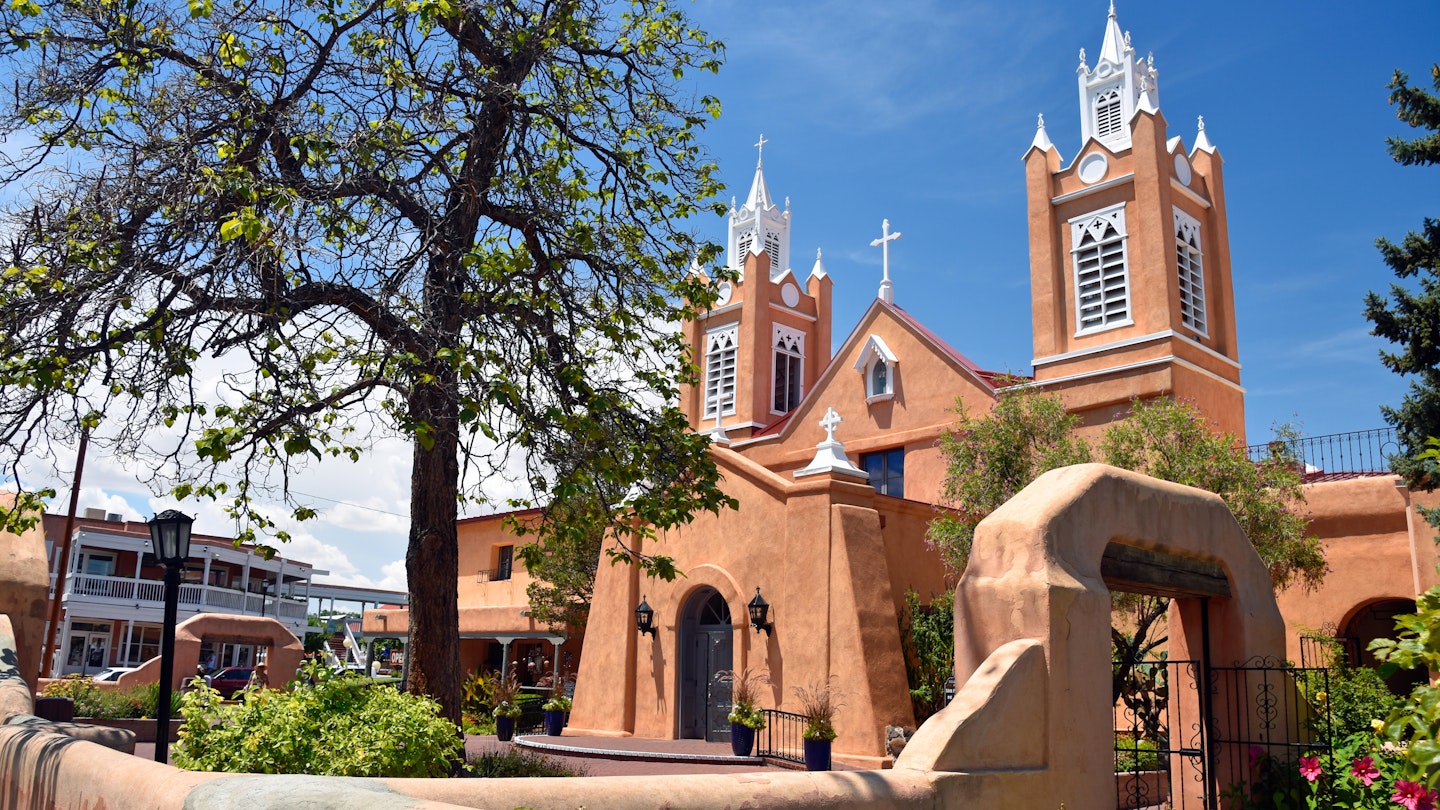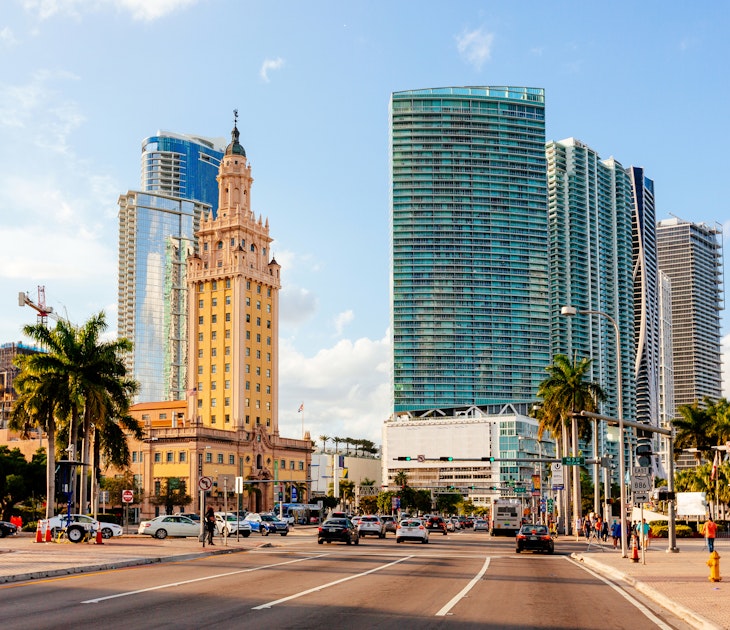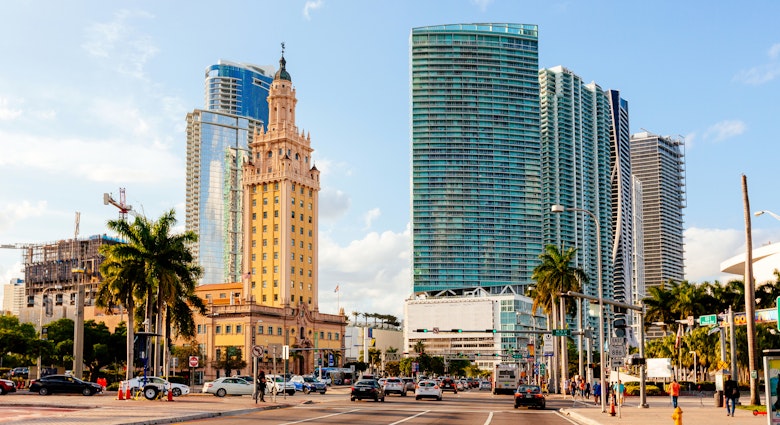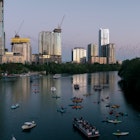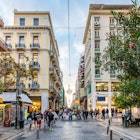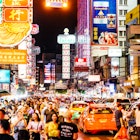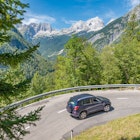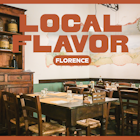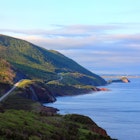Cultured Albuquerque is a distinctive city that celebrates its history and natural beauty. From spicy cuisine to Hispanic arts, each of Albuquerque’s diverse neighborhoods has something special to offer; and all are set against the backdrop of the glorious Sandia Mountains. Here are the best neighborhoods to explore on your visit to Albuquerque.
Old Town
Best neighborhood for sightseeing
Cottonwood-dappled light playing on adobe walls, hollyhocks growing between blooming cacti, cats disappearing into doorways of Native American art galleries – Old Town is Albuquerque’s historic and cultural heart. Old Town is where Spanish colonists established Albuquerque in 1706, constructing adobe homes and the San Felipe de Neri Church around a central square, the Plaza. Today, those homes house art galleries, shops and restaurants, while Native American artists sell crafts underneath the portal on the north side of the Plaza. During the holidays, thousands of candle-filled paper sacks called luminarias line the streets.
Nearby, the Sawmill Market is an indoor space filled with food stalls, while coffee houses, design stores, breweries and the Hotel Chaco with its rooftop restaurant and bar, have brought new life to the area.
Downtown
Best neighborhood for nightlife
Once a major stop along Route 66, Downtown Albuquerque is filled with art studios and live music that celebrate the city’s creative energy. Built in 1927, the KiMo Theater is a rare example of Pueblo Deco architecture, a genre that blends Native American motifs with Art Deco design. Geometric Southwestern designs, cow skulls with glowing red eyes and Pueblo designs adorn this theater that hosts everything from rock concerts to ballet. Major theater productions and concerts are often on at the Kiva Auditorium and live music ranging from punk to opera can be heard in a variety of venues.
Albuquerque’s respected microbrew industry is well-represented downtown, and dive bars here revel in their grungy status. Civic Plaza is the city’s gathering place for special events and there are free family movie nights and food trucks on-site during the summer.

Nob Hill
Best neighborhood for local flavor
Nob Hill is the neon-splashed stretch of Route 66 along Central Avenue. Record shops and tattoo studios are at home next to interior design and clothing boutiques and locals sip coffee and enjoy meals on sidewalk patios. Murals decorate the exteriors and sides of buildings and make for fun photo-ops.
Throughout the year events including car shows, the Albuquerque Pride Parade, Route 66 Summerfest, Day of the Dead celebrations, Nob Hill Shop and Stroll and December’s Twinkle Light Parade take place in the neighborhood.
Uptown/Midtown
Best neighborhood for shopping
The Uptown area is an urban shopping district anchored by ABQ Uptown and Coronado Center malls. A splash pad and gelato shop keep kids cool during the summer, and the lighting of ABQ Uptown’s towering 45ft tree in November kicks off the holiday season here.
Nearby Expo New Mexico and the New Mexico State Fairgrounds host events such as rodeos, concerts and April’s Gathering of Nations Pow Wow, the largest annual gathering of Native American dancers in the world. Green Jeans Farmery is a fun shopping complex made of brightly colored shipping containers.

Westside
Best neighborhood for outdoors
Petroglyph National Monument protects thousands of rock art images created by ancestors of today’s Puebloans and a visitor center welcomes people to the area, which is considered sacred by many. At Volcanoes Day Use Area, hiking and mountain biking trails connect three extinct volcanoes that erupted 100,000 years ago.
Corrales is a historic farming village with restaurants, art galleries, microbreweries and access to a trail system along the west bank of the Rio Grande. Several ballooning companies take advantage of the Westside’s open spaces for commercial balloon flights year-round. The Albuquerque Open Space Visitor Center has fields of crops planted for migrating birds and access to nature trails along the river.
North Valley/Los Ranchos de Albuquerque
Best neighborhood for relaxing
Albuquerque’s North Valley is known for its bucolic inns and wineries and access to the Rio Grande. Located off of Rio Grande Boulevard, the visitor center at Rio Grande Valley State Park has exhibits highlighting the ecosystem of the nearby river, and blinds overlook ponds bustling with birds, turtles and other animals that live along the Rio Grande corridor.
Trails through the cottonwood forest called the Bosque can be picked up here, and the paved Paseo del Bosque bike path parallels the river from Alameda Boulevard south to the ABQ BioPark and Tingley Beach.
At Casa Rondeña Winery, rows of grapevines lead to a tasting room and tree-shaded grounds where guests can enjoy award-winning blends.
South Valley/Barelas
Best neighborhood for Hispanic culture
Albuquerque’s South Valley is home to the National Hispanic Cultural Center and the massive Mundos de Mestizaje mural by Frederico Vigil that depicts Hispanic culture worldwide. Contemporary Hispanic art exhibits rotate throughout the year, and the Roy E. Disney Center for Performing Arts showcases performances ranging from traditional Folklorico dancing to classical concerts. Pop Fizz Paleteria here sells creamy poletas (popsicles), and La Fonda del Bosque restaurant serves a range of meals inspired by Hispanic cultures worldwide.
Small local restaurants serve Mexican and Hispanic plates throughout the South Valley, and Barelas Coffee House is locally loved for its New Mexico meals. Annually on the first Sunday in November, the Marigold Parade is a Day of the Dead celebration that features floats and revelers wearing festive calavera (skull) makeup.
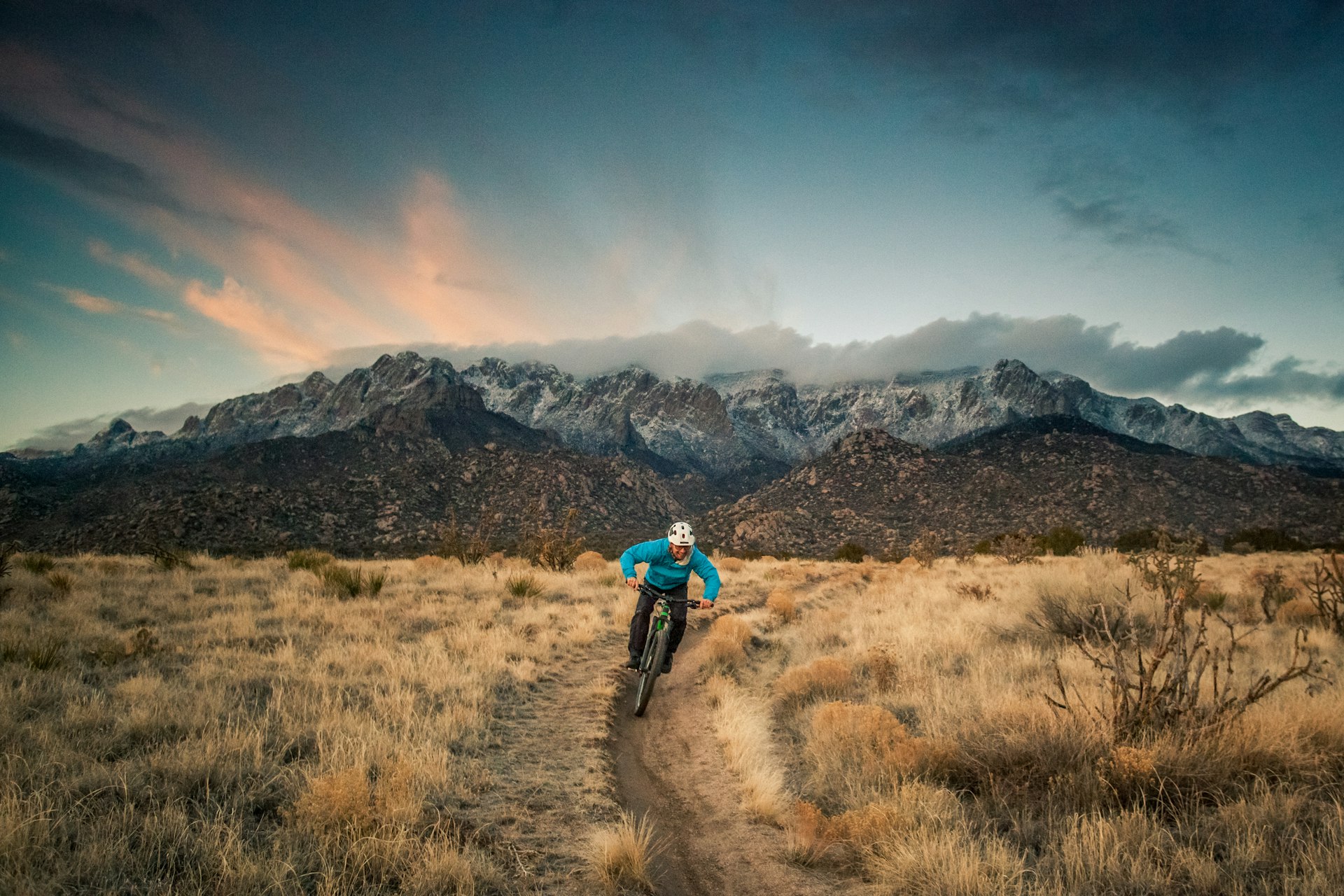
The Heights
Best neighborhood for exploring the Sandia Mountains
The Heights sit along Albuquerque’s easternmost border. Beyond these neighborhoods, the Sandia Mountains' foothills are public and webbed with hiking and mountain biking trails, including Elena Gallegos Open Space. La Luz Trail climbs 4000ft over 7.5 miles to the top of the Sandias, and is classified as strenuous, but hikers are rewarded with sweeping views as they reach the summit.
For those who prefer not to hike, there's the Sandia Peak Aerial Tramway which climbs to 10,300ft in 15 minutes. Trails along the top of the Sandias can be accessed here, as well as the Sandia Peak Ski Area. Near the base of the Tram on Tramway Boulevard, County Line BBQ and Boese Brothers Brewing Company are popular local restaurants.
You might also like:
15 fantastic activities in Albuquerque that celebrate the city's diversity
Finding sanctuary in one of America’s only Native-owned breweries
Free things to do in Albuquerque

